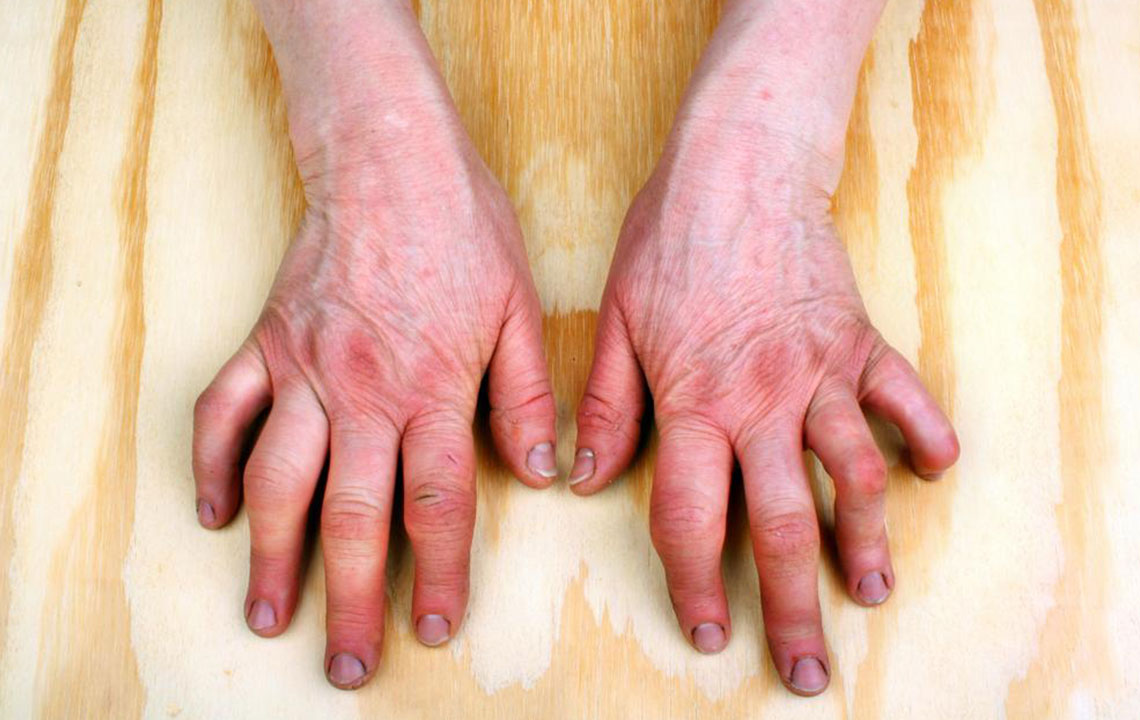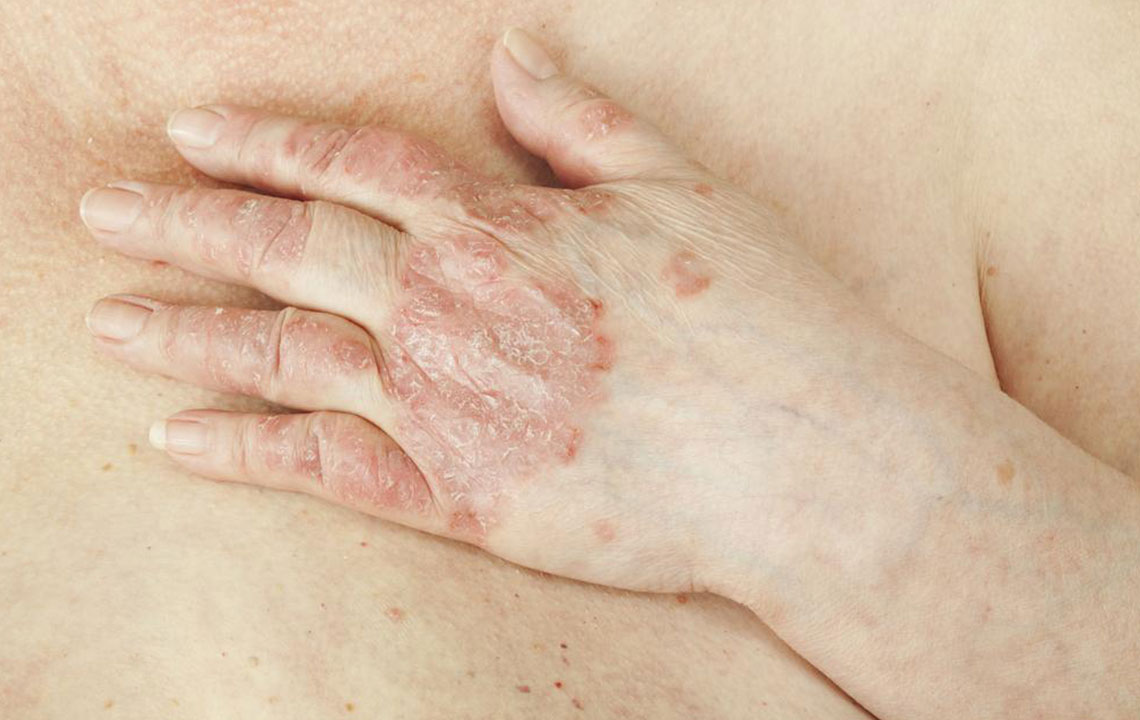Recognizing Early Indicators of Psoriatic Arthritis
Learn to recognize the early signs of psoriatic arthritis, including joint pain, skin and nail changes, and fatigue. Early diagnosis is key to effective management and preventing joint damage. This comprehensive guide helps you understand symptoms and when to seek medical advice to improve outcomes and quality of life.
Key Indicators and Symptoms of Psoriatic Arthritis You Should Know
Psoriatic arthritis is a long-term autoimmune disorder where the immune system mistakenly attacks joints, leading to pain and inflammation. It often develops in individuals with psoriasis, a skin condition marked by scaly patches and red areas with silvery scales. Symptoms include stiff, swollen joints, tender skin, and nail deformities. Because symptoms overlap with other forms of arthritis, accurate diagnosis can be challenging. Early recognition and treatment are vital to prevent joint damage and improve quality of life.
Understanding the signs of psoriatic arthritis is essential. Here are key points to consider:
Age and Gender: Anyone can develop psoriatic arthritis at any age, including children. However, it most commonly affects adults between 30 and 50 years of age. Both men and women are equally susceptible. Over a million Americans live with this condition, which lacks a specific blood test for diagnosis.
Skin and Nail Changes: Approximately 7.5 million Americans suffer from psoriasis, characterized by scaly skin patches. About 30% of those with psoriasis may develop psoriatic arthritis afterward, with symptoms often appearing 10 to 15 years later. Nail deformities, such as pits or thickening, are common in psoriatic arthritis, especially with distal interphalangeal involvement, and can serve as early warning signs.
Joint Pain and Stiffness: Patients experience painful, swollen, and red joints, especially in the morning. These episodes may come and go, characteristic of autoimmune diseases. Severe untreated cases may require joint replacement surgeries.
Asymmetrical Joint Involvement: The condition often affects large joints like knees, ankles, and fingers, usually asymmetrically—meaning one side may be affected while the other remains normal. Most cases fall into this category.
Swelling of Digits: About 40% of patients experience swelling in toes or fingers, known as dactylitis, which is distinctive in psoriatic arthritis.
Foot and Nail Symptoms: Foot pain caused by enthesitis can mimic other conditions like heel spurs. Nail pitting, discoloration, or loosening are common and are strong indicators of psoriatic disease.
Back Problems: Tension and inflammation in the spine and surrounding tendons lead to stiffness and back pain. In some cases, spinal fusion (psoriatic spondylitis) occurs, representing a serious complication.
Fatigue and Eye Issues: Fatigue is frequent due to inflammation and discomfort. Eye problems such as conjunctivitis or iritis can cause redness, pain, and blurred vision, requiring prompt attention.
Finger Deformities: Severe deformities, including joint destruction or psoriatic mutilans, may develop if the disease remains untreated, affecting the fingers, toes, neck, and lower back.
Early detection and management are crucial to controlling psoriatic arthritis. Consult a healthcare provider if you notice persistent joint pain, skin changes, or nail abnormalities for an accurate diagnosis and appropriate treatment plan.









